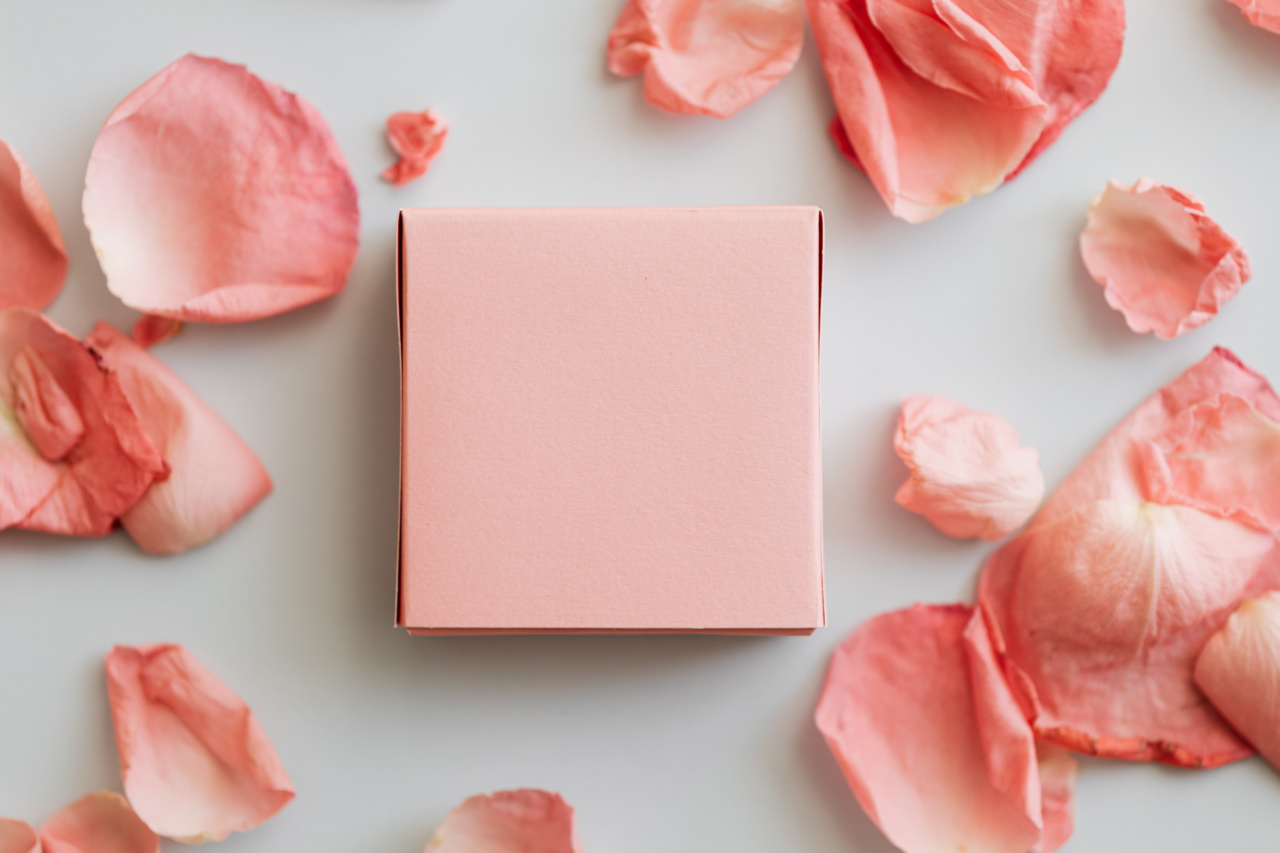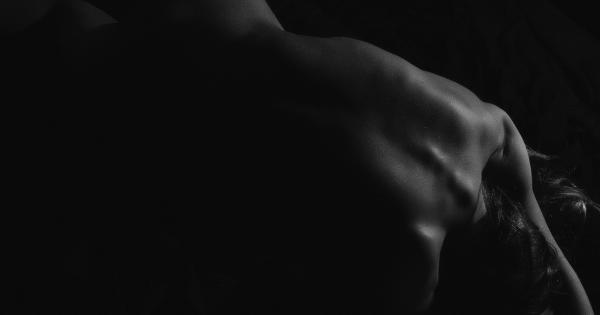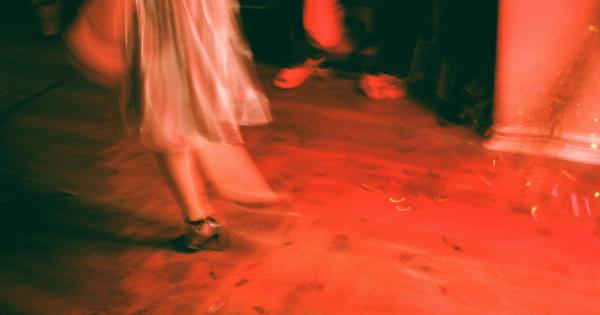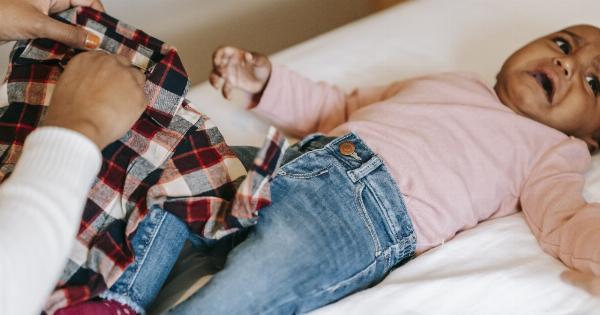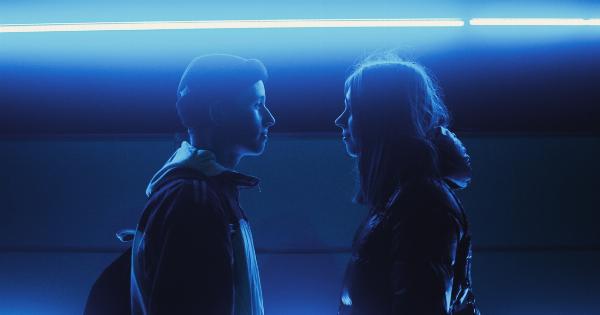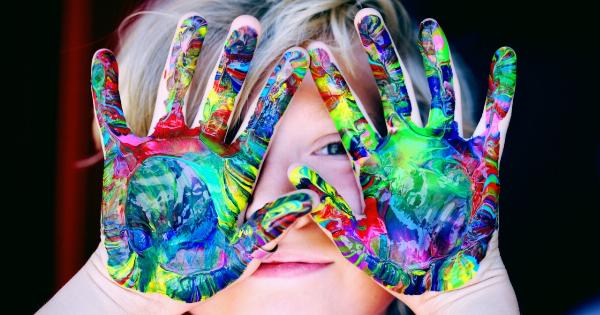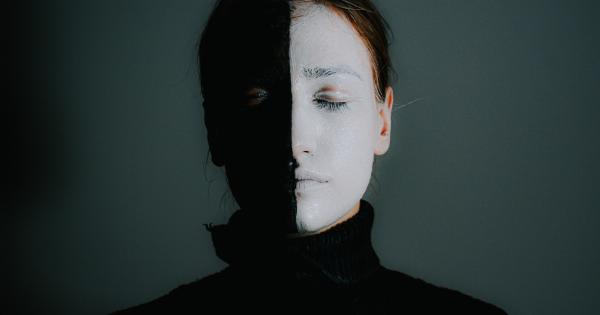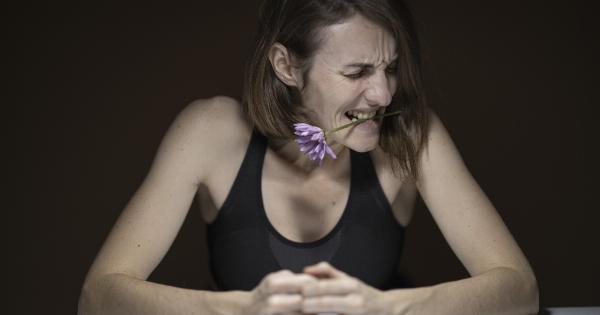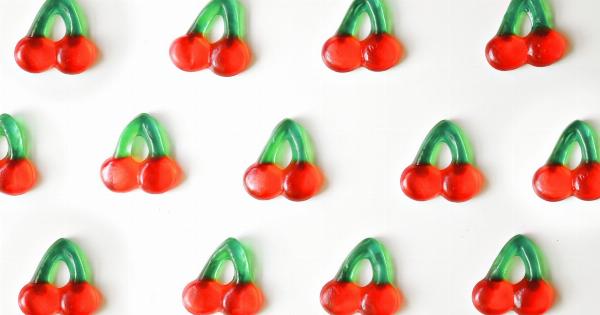When it comes to love, most people associate it with emotions, actions, and chemistry. However, there is another factor that plays a significant role in setting the mood for love – pigment.
Pigments are powerful substances that can have a profound impact on our emotions and can even enhance our feelings of love and attraction. In this article, we will explore the fascinating relationship between color pigments and the emotions they evoke, specifically focusing on the pigments that set the mood for love.
The Science Behind Colors and Emotions
Colors have long been recognized for their ability to evoke certain emotions and create specific moods. This phenomenon is backed by scientific research, which has shown that different colors can affect our psychology and physiology.
The study of the relationship between colors and emotions is known as color psychology.
The Color Red: Passion and Desire
Red is a color that is often associated with love, desire, and passion. It is a powerful and attention-grabbing color that can evoke strong emotions and increase heart rate.
In many cultures, red is the color of romance and is often used to symbolize love. Whether it is the seductive red lips or the red roses traditionally given as a symbol of love, the color red has a significant impact on setting the mood for love.
The Allure of Pink
Pink, often associated with femininity, is a color that can evoke feelings of love, compassion, and tenderness. It is a softer and more subtle version of the passionate red, often symbolizing young love and innocence.
Pink has a calming effect on the mind and can create a loving and nurturing environment.
The Serenity of Blue
While blue may not be the most obvious choice when it comes to setting the mood for love, it has its own unique place in the spectrum of romance.
Blue is associated with calmness, serenity, and trust – all crucial elements in creating a loving and harmonious relationship. Blue can also be a symbol of loyalty and fidelity, making it an ideal color for portraying long-lasting love.
The Elegance of Purple
Purple is a color that is often associated with luxury, beauty, and elegance. It is a captivating and mysterious color that can generate a sense of romance and passion.
Purple can be used to create a sense of intimacy and sophistication, making it a popular choice for setting a romantic mood.
The Warmth of Yellow
Yellow is a color that exudes warmth, joy, and happiness. It is a color that can instantly brighten up a space and create a positive and loving atmosphere. Yellow is often associated with sunflowers, which symbolize adoration and loyalty.
Using yellow in the right way can help enhance feelings of love and affection.
The Vibrancy of Orange
Orange, a color that is a mix of red and yellow, combines the passion of red with the warmth of yellow. It is a color that can stimulate enthusiasm, creativity, and excitement.
Orange can help create an energetic and playful environment, perfect for setting the mood for love.
The Innocence of White
White is often associated with purity, innocence, and new beginnings. It is a color that can evoke feelings of peace, tranquility, and clarity.
Using white in a romantic setting can create a serene and calm atmosphere, allowing love to flourish in a pure and untainted environment.
The Mysteriousness of Black
While black may not be the first color that comes to mind when thinking about love, it can add an air of mystery and sophistication to a romantic setting. Black is associated with power, elegance, and allure.
When used strategically, it can create an intimate and enchanting ambiance.
The Influence of Cultural and Personal Associations
While colors have general associations with certain emotions, it is important to note that cultural and personal experiences can also influence our perceptions of color.
Different cultures may have varying interpretations of colors, and individuals may have personal associations with specific colors based on their experiences and memories. Therefore, it is essential to consider these factors when setting the mood for love using pigments.
Creating the Perfect Romantic Setting
Now that we understand the influence of pigments on setting the mood for love, how can we use this knowledge to create the perfect romantic setting? Here are a few tips:.
1. Use a combination of colors: Combining different pigments can create a multilayered and nuanced atmosphere, enhancing the overall romantic ambiance.
2. Consider the context: Different colors may be more suitable for specific romantic occasions. For example, red might be ideal for a passionate date night, while softer colors like pink or blue could be more suitable for a cozy evening at home.
3. Pay attention to personal preferences: Ask your partner about their favorite colors and incorporate them into the romantic setting. This personalized touch can make the experience even more meaningful.
4. Balance is key: While colors can set the mood for love, it is important not to overwhelm the space with too much color. Striking a balance between different shades and ensuring they complement each other is essential.
In Conclusion
Pigments play a crucial role in setting the mood for love. The colors we surround ourselves with can evoke powerful emotions and enhance the romantic atmosphere.
Whether it’s the passionate allure of red, the serenity of blue, or the elegance of purple, each pigment has its own unique impact on our emotions. By understanding the relationship between pigments and emotions, we can create the perfect romantic setting and enhance the love and connection we feel with our partners.
